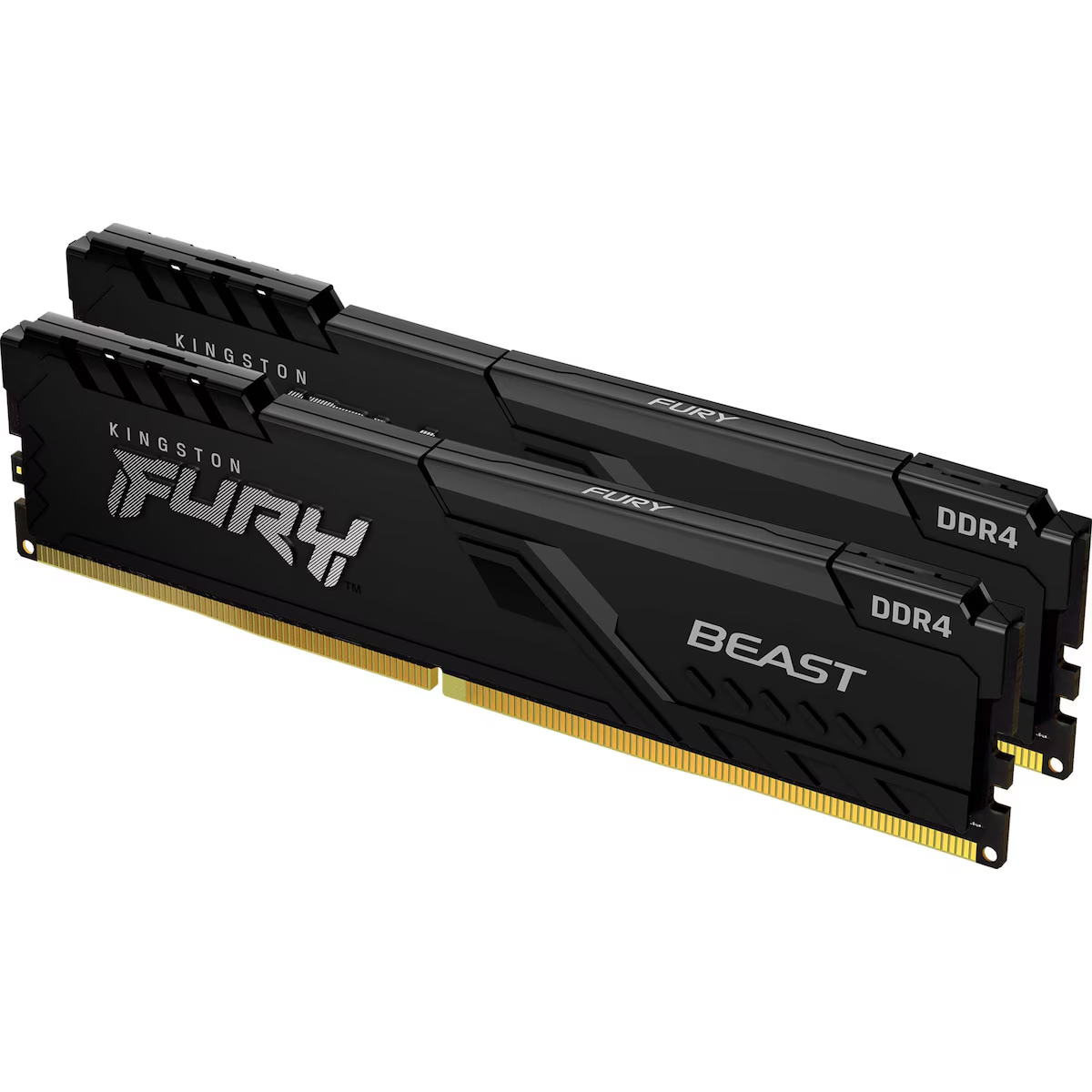Choosing the right forensic tool can make a significant difference in the efficiency and accuracy of memory investigations. This post highlights the top tools that forensic professionals use to analyze volatile memory data.
1. Volatility Framework
- Open-source tool widely used in memory forensics.
- Supports Windows, Linux, and Mac memory analysis.
- Allows process analysis, rootkit detection, and more.
2. Rekall
- A powerful forensic tool that provides detailed memory analysis.
- Works well with large memory dumps.
- Advanced search capabilities for malware analysis.
3. FTK Imager
- Provides live memory acquisition capabilities.
- Creates forensic disk images for further analysis.
- Supports visualization of RAM contents.
4. Magnet RAM Capture
- Lightweight tool to capture live memory without disrupting system processes.
- Great for forensic investigations in corporate environments.
5. Belkasoft RAM Capturer
- Simple and effective memory imaging tool.
- Ideal for quick memory dumps during live forensics.
6. DumpIt
- Command-line based memory acquisition tool.
- Works on Windows systems for quick and efficient RAM capturing.
7. LiME (Linux Memory Extractor)
- Designed specifically for Linux systems.
- Supports remote memory acquisition over a network.
8. RAMCapturer
- Free and lightweight tool for acquiring RAM on Windows systems.
- Ideal for small-scale investigations.
9. Windows Memory Analyzer
- A Microsoft tool designed for analyzing memory dumps in Windows environments.
- Great for detecting software crashes and malicious activity.
10. AVML (Azure Volatile Memory Lib)
- Cloud-based forensic tool focused on Azure and cloud memory analysis.
Conclusion
Selecting the right tool depends on the investigation’s complexity and environment. Whether you’re analyzing Windows, Linux, or cloud systems, there’s a tool for every situation.
